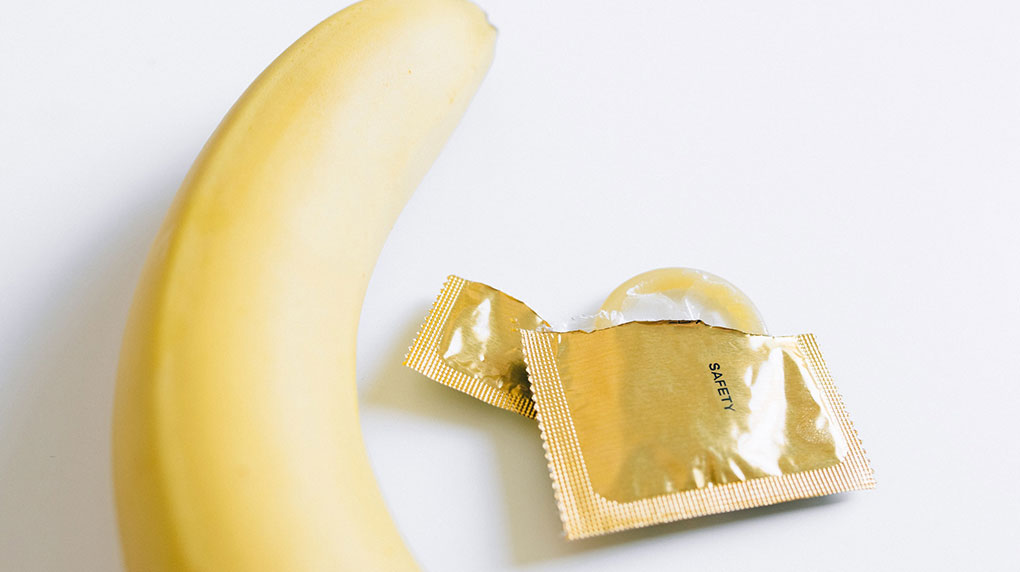Condoms are a widely recognized method of protection against sexually transmitted infections (STIs) and unwanted pregnancies. They are easily accessible and relatively straightforward to use, making them a popular choice for safe sex. However, despite their effectiveness when used correctly, there are instances when condoms may fail to provide the desired level of protection. Understanding the reasons behind condom failure is crucial for making informed choices about sexual health and safety.
In this article, we’ll delve into the six main reasons why condoms may fail, shedding light on common issues that can affect their reliability. By recognizing these factors and learning how to address them, you can enhance the effectiveness of condoms as a crucial tool in safe and responsible sexual practices.
Condom Failure Pregnancy and Sexually Transmitted Diseases
Condoms are used to prevent pregnancy and to reduce the risk of sexually transmitted diseases. They are effective so long as the condom does its job properly, but condoms sometimes fail. Condoms fail because:
- The condom was not used properly
- The condom breaks during sex
- The condom was not manufactured properly
- The condom expiration date has passed (take the package’s expiration date seriously, because they do lose their elasticity)
- The condom was damaged after manufacture
- The condom was used more than once
Proper Condom Use
- Avoid tearing or damaging the condom when you remove it from packaging.
- Unroll the condom over the erect penis.
- Apply lubricant or spermicide. Do not use an oil-based lubricant as they damage latex condoms.
- Always remove the condom quickly after ejaculation. As the penis shrinks it can allow sperm and its fluid to escape from the condom before the penis is withdrawn.
Condoms Breaking During Sex
Condoms can sometimes break during intercourse, especially during vigorous sexual activity. Sometimes this may be due to a weakness in the condom. Penis piercings can sometimes cause condoms to split, as can sharp fingernails or teeth.
Condoms Not Manufactured Properly or Damaged after Manufacture
Not all condoms are manufactured well. Only use condoms that are marked as approved by the FDA.
Using Appropriate Lubricant
Using appropriate lubricants is very important. Use only water-based lubricants, such as glycerin or lubricating jellies (which can be purchased at any pharmacy). Oil-based lubricants, such as petroleum jelly, cold cream, hand lotion, or baby oil can weaken the condom.
Expiration Dates on Condom Packaging
Be aware that all condoms packets have expiration dates on them. After that date, the condom will not provide the protection you need to avoid pregnancy or sexually transmitted diseases.
If you do not protect yourself each time you have sex then you risk an unplanned pregnancy or getting – or passing on – a sexually transmitted disease. Always use a new condom each time you have sex.
Conclusion
Understanding the factors that can lead to condom failure is vital for maintaining effective protection during sexual activities. The six main reasons for condom failure, including issues like incorrect usage, expired condoms, and exposure to oil-based products, highlight the importance of using condoms with care and precision. By being aware of these potential pitfalls and taking the necessary precautions, individuals can significantly reduce the risk of condom failure and ensure their sexual encounters remain safe and responsible. Remember, when used correctly and consistently, condoms remain a valuable tool in safeguarding sexual health and well-being.












